Mar-a-Lago Almost Became the Kennedy and Johnson Winter White House
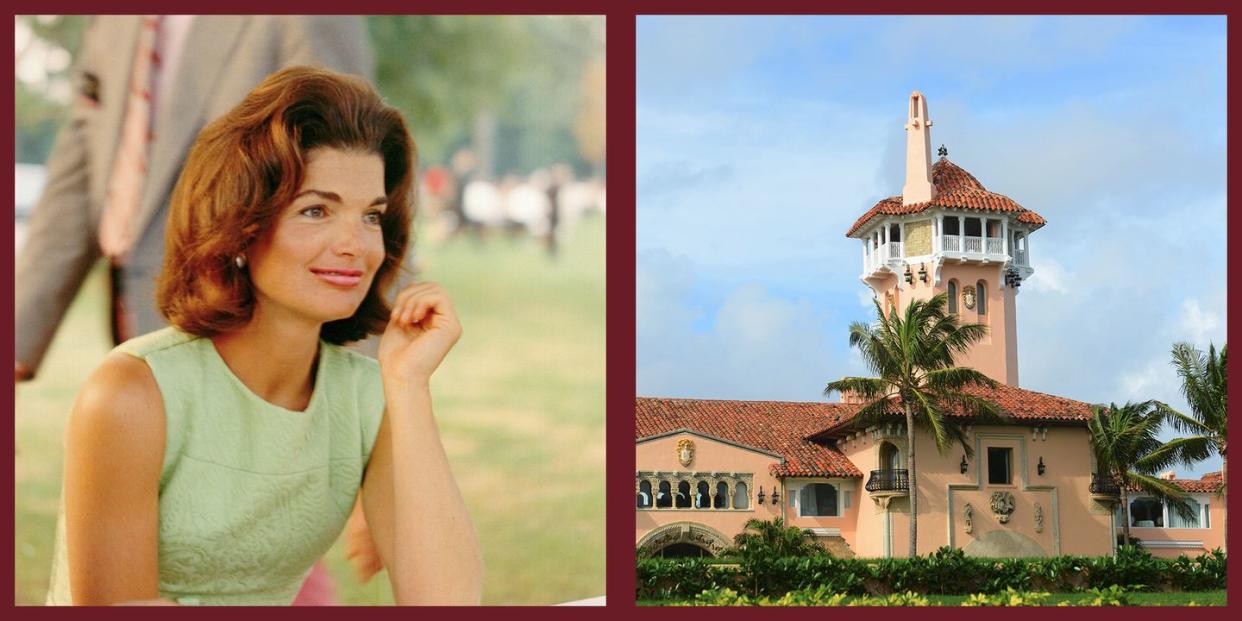
In the years that he’s been in office, President Trump has spent every Thanksgiving at Mar-a-Lago, the Palm Beach, Florida estate sometimes referred to as his “Winter White House.” And while Trump might be the person most associated with the property today, he’s far from the first commander-in-chief to be beguiled by the 1920s mansion built by the cereal heiress Marjorie Merriweather Post. In this excerpt from Les Standiford’s new book, Palm Beach, Mar-a-Lago, and the Rise of America’s Xanadu, he delves into the history of the seaside playground for the rich and famous, the colorful past of its most famous residence, and how it almost became a home to previous presidents, including John F. Kennedy.
Reports have it that during the Kennedy administration, Palm Beach County officials had floated to Marjorie Merriweather Post the idea of turning Mar-a-Lago into a winter White House for President Kennedy and his successors. While subsequent events ensured that JFK would not have a part in determining its future, in early April 1968, Marjorie turned again to Washington, this time inviting Lady Bird Johnson down for a look at Mar-a-Lago.
Though the official reason given for the visit was “for rest,” the president’s wife was accompanied by U.S. Chief of Protocol Angier Biddle Duke and National Park Service director George B. Hartzog, Jr. Given that an important diplomatic officer and the director of the agency sure to be purposed with caring for Mar-a-Lago were along for the ride, Marjorie’s proposal was clearly being taken seriously.
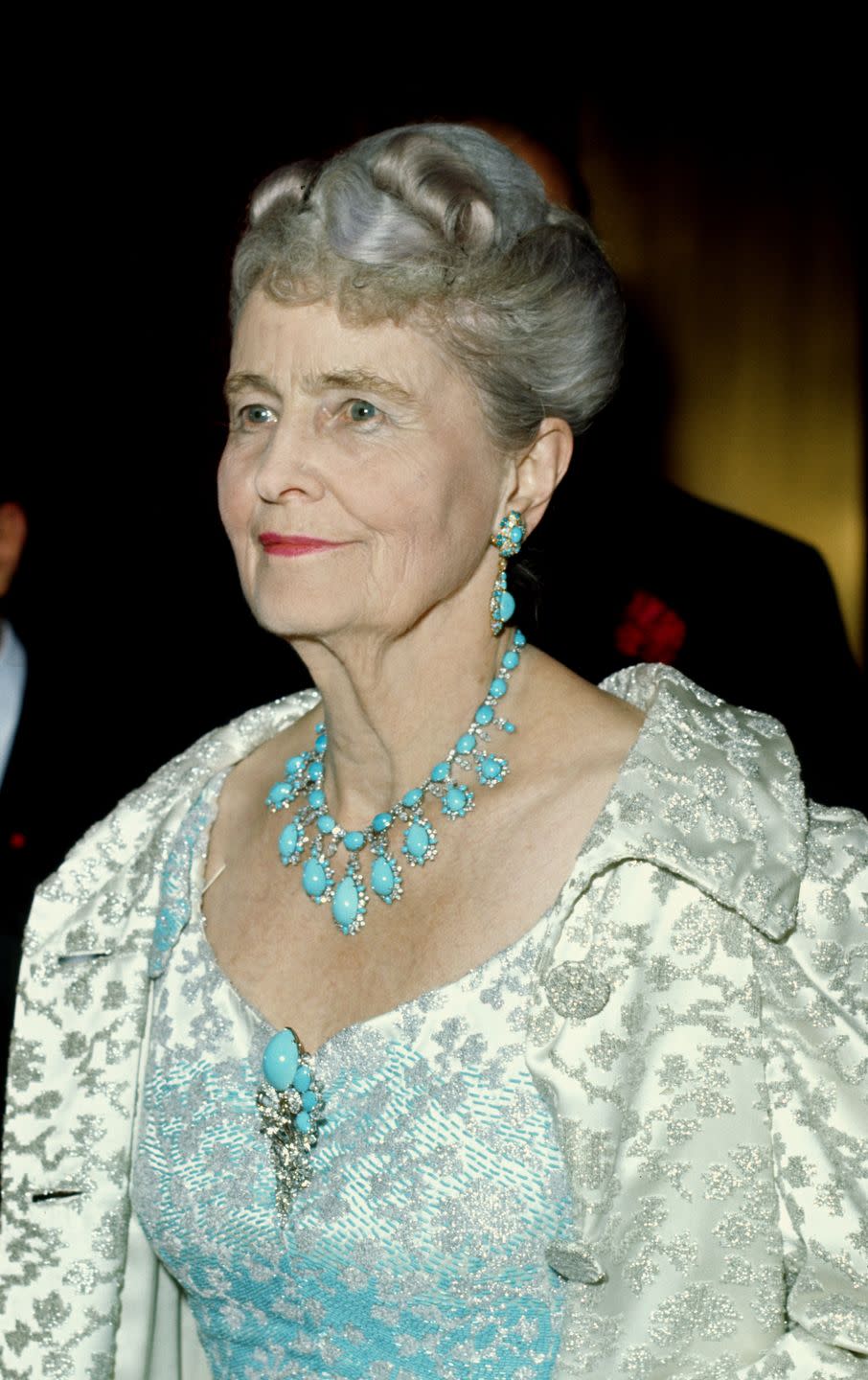
Reports said that Mrs. Post had pitched it as potentially “a more luxurious Camp David” where presidents could get away for working vacations and which the State Department might use to extend the stays of visiting heads of state following official tours in Washington.
White House sources had allowed that the matter was a “long-range possibility” but were playing it all close to the vest, given that questions of cost and zoning were still problematic. Mar-a-Lago, valued at $2 million at the time, employed among the maintenance staff 22 year-round gardeners tasked with, among other things, moving 10,000 potted plants indoors to greenhouses when Mrs. Post was not in residence.
The First Lady’s visit put the rumor mill into high gear: cheek by jowl with society columnists’ notes that Jackie Kennedy was expected in Palm Beach the following week were whispers that Mrs. Post had struck a deal with the government, one that would preserve the property intact after her death and forestall the plans of developers who, according to ominous stories that had begun to circulate, were poised to level Mar-a-Lago once Marjorie was no longer around to protect it.
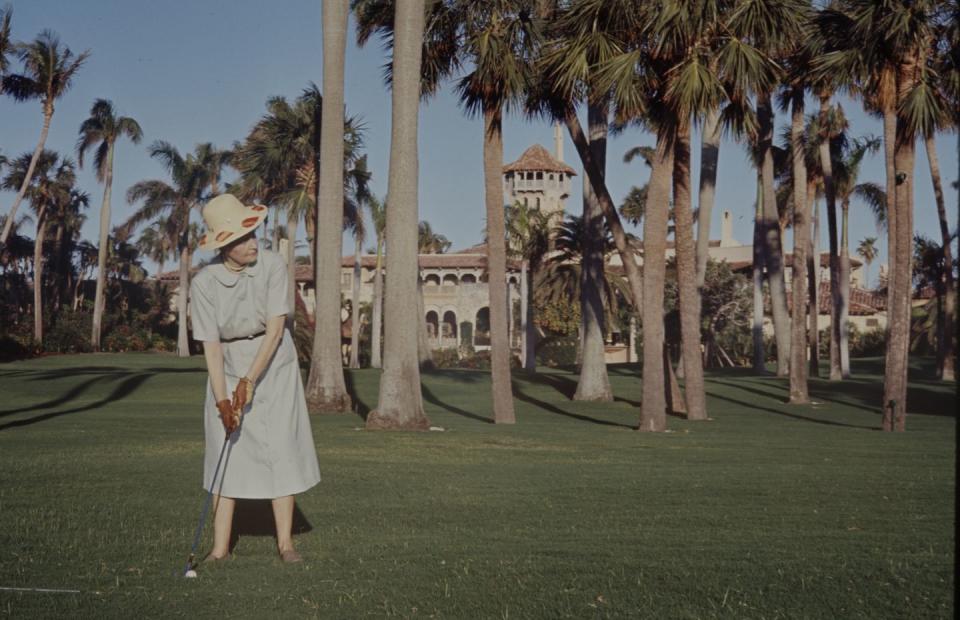
There was talk of building as many as 50 homes on the site. Marjorie was mum on the subject, however, telling reporters only that she planned on continuing to live at Mar-a-Lago and referring all other questions “to Washington.”
The following season of 1969 saw a resumption of the routine of square dances and benefit luncheons for the Animal Rescue League and others by Marjorie, and a wrap-up of the calendar identified her as still “the empress of Palm Beach.” Even at 81 and “of failing hearing,” she remained the enclave’s undisputed social leader, eclipsing such Johnny-come-latelies as the Kennedys.
“She was getting pretty frail those last two or three years,” says Anthony Senecal, by that time one of Mrs. Post’s most trusted assistants. She had for years used the Moorish tower overlooking the grounds as her personal retreat: there was a bedroom on one level, a sitting room on another, and an observation deck at the top that offered a 360-degree view of the island and its surroundings. “But there were more than one hundred steps to climb to get up there,” Senecal says. “It was hardly ever used at the end.”
Still, extravagant activities, such as the annual Red Cross Ball that drew a crowd of movers and shakers and politicos from across the country and around the world—including ambassadors from India, Italy, Luxembourg, Nicaragua, Panama, France, Spain, and elsewhere—continued unabated through the seasons, though a lengthy New York Times piece of 1970 spoke of dire changes in the works for the enclave.

The very fact that the Florida grocery chain Publix was bringing a supermarket to the island was discussed in the same terms as if Marjorie Merriweather Post had been spotted frugging in a discotheque, barefoot and wearing cutoffs. “The supermarket is a symbol of the waves of change breaking over the shores here,” the story warned. “To wealthy residents, the change means the select few are being surrounded by the anonymous many.”
The town had burgeoned from 1,200 year-round residents shortly after the first season of Paris Singer’s Everglades Club to 9,000 in 1970, a figure that would swell to 36,000 at the height of the season. Counting plebeian West Palm Beach, scarcely a drive and an approach shot across Lake Worth, at times 150,000 people were clamoring for beach access, parking spots, and restaurant tables where once there had been a few dozen genteel types with boaters and parasols being pedaled about by valets.
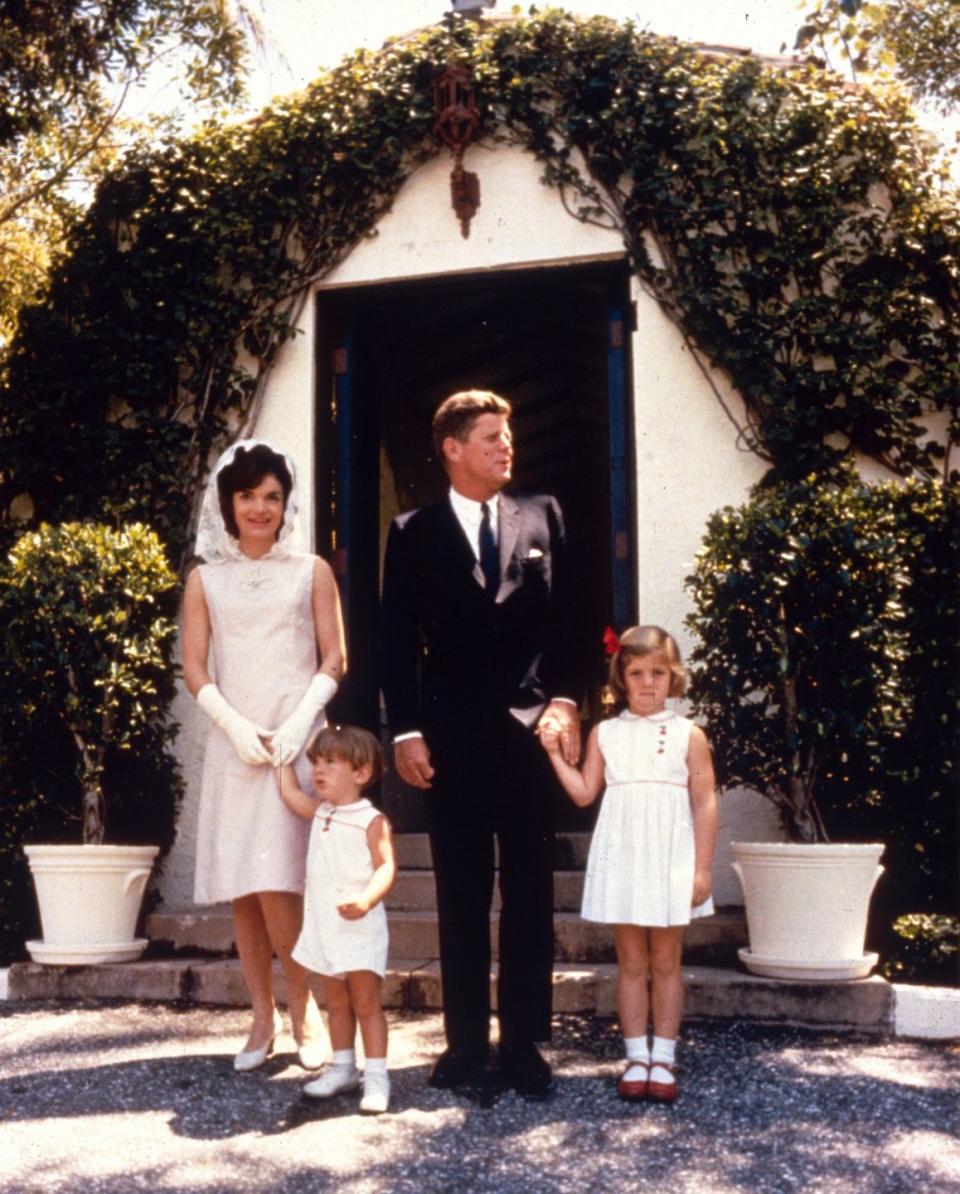
As for those privileged residents inhabiting the “glamourous coconut-shaded properties” of Palm Beach, “the select few are being surrounded,” the 1970 Times piece lamented. “Gone are many great estates including those of Hearst, Kingsley and Untermeyer. Tourists still hear the famous names, but numbers are beginning to speak louder than names in determining the fate of this area.”
The fate of Mar-a-Lago would finally come before Congress in 1972, some four years after Lady Bird Johnson’s hoedown with Marjorie and friends in its ballroom. LBJ’s interior secretary Stewart Udall had begun the process for the designation of Mar-a-Lago as a national historic site. By 1972, under the Nixon administration, things had progressed somewhat.
It was now clear that the gift would be accompanied by an endowment that would provide the funds for upkeep, and Democratic congressman Wayne Aspinall of Colorado introduced a bill authorizing the National Park Service to take over development and administration of the property following its eventual transfer from the Post estate.
While Aspinall’s bill was being discussed, representatives of the Palm Beach Town Council appeared before a House National Parks subcommittee to say that they were opposed to giving the Park Service sole authority for determining what uses might be made of the property. The town council wanted to reserve “something resembling a veto power” concerning such decisions, said Councilman Robert Grace, adding that perhaps a part of the mansion could be set aside for town meetings and an office for the mayor.
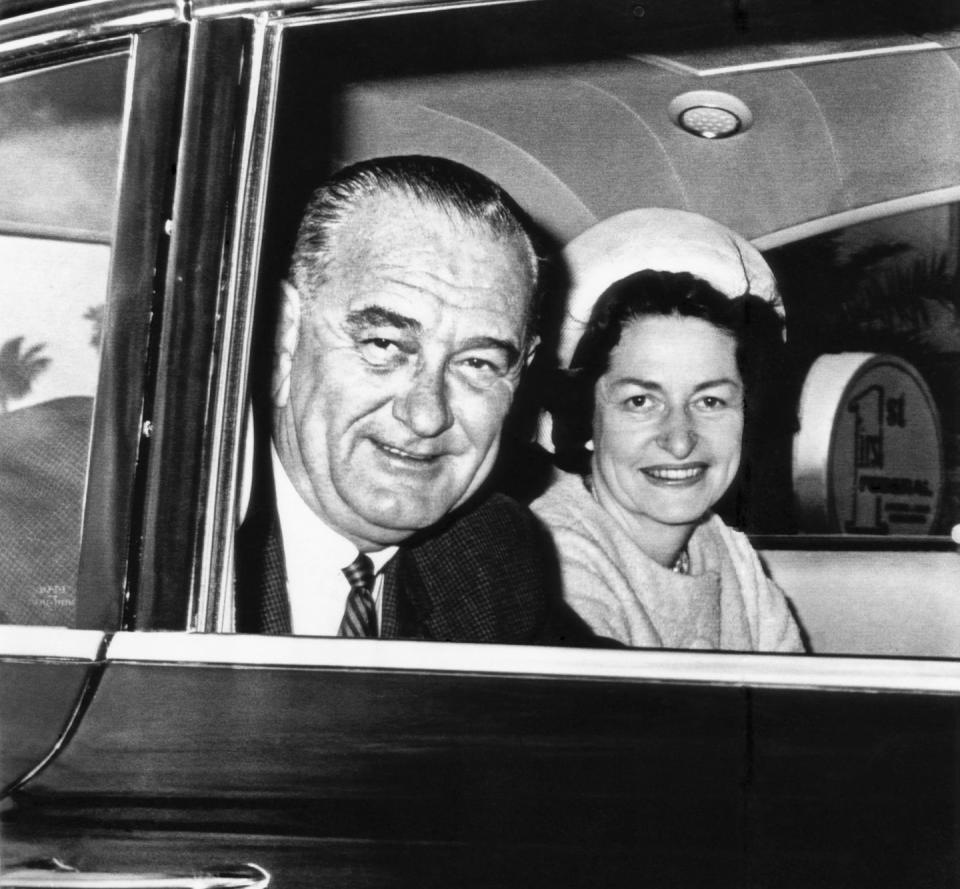
Whatever he may have thought of Grace’s notions, National Park Service director George Hartzog saw even bigger problems with the proposal. He doubted that the attached endowment would be sufficient to cover actual operating costs, he said, and his initial prediction was that if Mar-a-Lago were to open as a museum, as many as 65,000 to 75,000 visits to the facility might be made annually, a number that Councilman Grace said would appall local residents.
Not only would turning Mar-a-Lago into a national park create impossible traffic problems, town leaders said, but it would also mean the loss of $25,000 a year in taxes on the property, which was on the tax rolls at the time at $1.5 million. As for the idea of visiting dignitaries making use of the property as a retreat or a home away from home, Grace wondered why taxpayers should have to pay for such a thing.
Marjorie’s Washington attorney, Henry Dudley, attempted to assure town officials that the gift of Mar-a-Lago to the government came with restrictions that limited its use to that of a retreat for the U.S. president or foreign heads of state and that any attempt to turn it into a museum would mean the reversion of the property to the estate.
But residents were hardly convinced. Once the camel’s nose was under the tent, chaos was sure to follow, argued town fathers, if to little avail.
On October 12, 1972, the bill designating Mar-a-Lago as a national historic site cleared Congress, and on October 23, President Nixon signed the bill authorizing the secretary of the interior to accept title to it upon Marjorie’s death. Five advisory commissioners would be appointed to establish operating policies, two of whom would be selected from nominees proposed by the Palm Beach Town Council. The $3 million endowment attached to the bequest was projected to provide somewhere between $140,000 and $150,000 annually.
Marjorie Merriweather Post died in 1973 and willed Mar-a-Lago to the United States Government. Unable to shoulder the cost of its upkeep, the Federal Government returned the property to the Post Foundation in 1981. Donald Trump purchased the estate in 1985.
You Might Also Like

